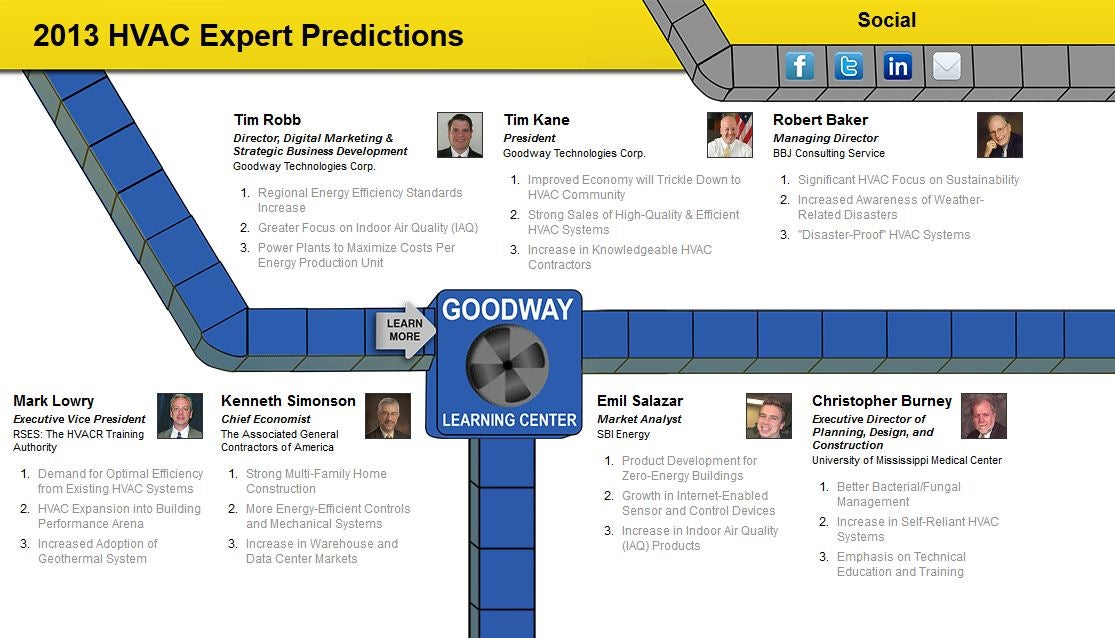Heatpump will be a critical innovation for decarbonising home heating. In a situation consistent with governments' introduced energy and climate dedications, their global ability increases by 2030, while their share in heating rises to one-quarter.
They work best in well-insulated homes and rely upon electricity, which can be supplied from a renewable power grid. Technical developments are making them much more efficient, smarter and less costly.
Gas Cells
Heat pumps use a compressor, cooling agent, coils and followers to relocate the air and warmth in homes and home appliances. They can be powered by solar power or electrical power from the grid. They have actually been obtaining appeal due to their affordable, quiet procedure and the capacity to generate electrical power during peak power need.
Some business, like IdaTech and BG MicroGen, are working with fuel cells for home heating. These microgenerators can replace a gas central heating boiler and produce some of a house's electrical needs with a link to the power grid for the remainder.
Yet there are reasons to be skeptical of using hydrogen for home heating, Rosenow claims. It would certainly be pricey and inefficient compared to other modern technologies, and it would add to carbon emissions.
Smart and Connected Technologies
Smart home innovation enables house owners to link and manage their tools remotely with the use of mobile phone applications. As an example, wise thermostats can discover your home heating preferences and immediately adjust to maximize power usage. air con installation lincoln can be controlled with voice commands and automatically switch off lights when you leave the room, decreasing power waste. And clever plugs can keep an eye on and handle your electrical use, permitting you to recognize and limit energy-hungry appliances.
The tech-savvy household illustrated in Carina's meeting is a good illustration of how owners reconfigure room heating techniques in the light of brand-new wise home innovations. They rely on the tools' automatic features to carry out daily modifications and regard them as a hassle-free methods of performing their heating practices. Therefore, they see no reason to adjust their practices additionally in order to make it possible for flexibility in their home power need, and interventions targeting at doing so might face resistance from these households.
ducted heat pump tauranga
Given that heating homes represent 13% people exhausts, a button to cleaner choices could make a huge difference. But the modern technology encounters challenges: It's pricey and calls for comprehensive home renovations. And it's not constantly suitable with renewable resource sources, such as solar and wind.
Till just recently, electrical heatpump were also pricey to compete with gas models in many markets. Yet brand-new technologies in layout and materials are making them extra economical. And better cold environment efficiency is enabling them to operate well even in subzero temperatures.
The following action in decarbonising heating might be the use of heat networks, which draw heat from a main source, such as a nearby river or sea inlet, and disperse it to a network of homes or buildings. That would certainly decrease carbon exhausts and allow houses to make use of renewable energy, such as green electrical energy from a grid provided by renewables. This choice would certainly be less pricey than changing to hydrogen, a nonrenewable fuel source that calls for brand-new infrastructure and would just decrease carbon dioxide discharges by 5 percent if paired with enhanced home insulation.
Renewable Energy
As electricity prices go down, we're beginning to see the exact same fad in home heating that has driven electric cars and trucks into the mainstream-- however at an even much faster pace. The solid climate instance for impressive homes has actually been pressed even more by brand-new study.
Renewables make up a significant share of modern-day warm intake, but have actually been provided restricted plan focus globally contrasted to various other end-use fields-- and also much less focus than electricity has. In part, this shows a mix of consumer inertia, divided motivations and, in several countries, aids for nonrenewable fuel sources.
New technologies can make the change easier. As click the up coming post , heat pumps can be made more power effective by changing old R-22 refrigerants with new ones that don't have the high GWPs of their precursors. Some experts likewise picture district systems that draw warmth from a nearby river or sea inlet, like a Norwegian arm. The cozy water can after that be used for cooling and heating in an area.
